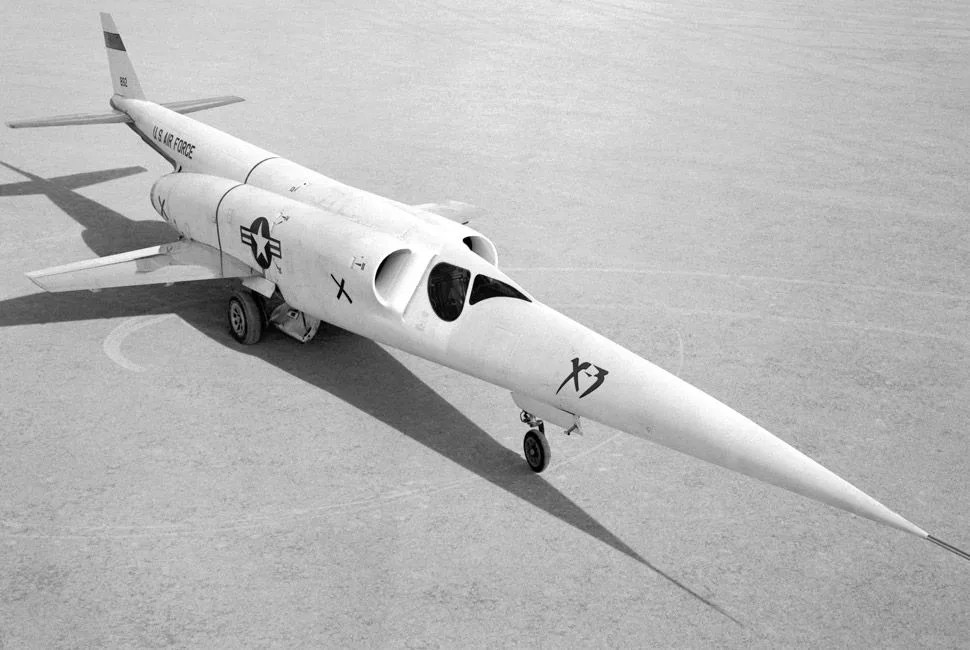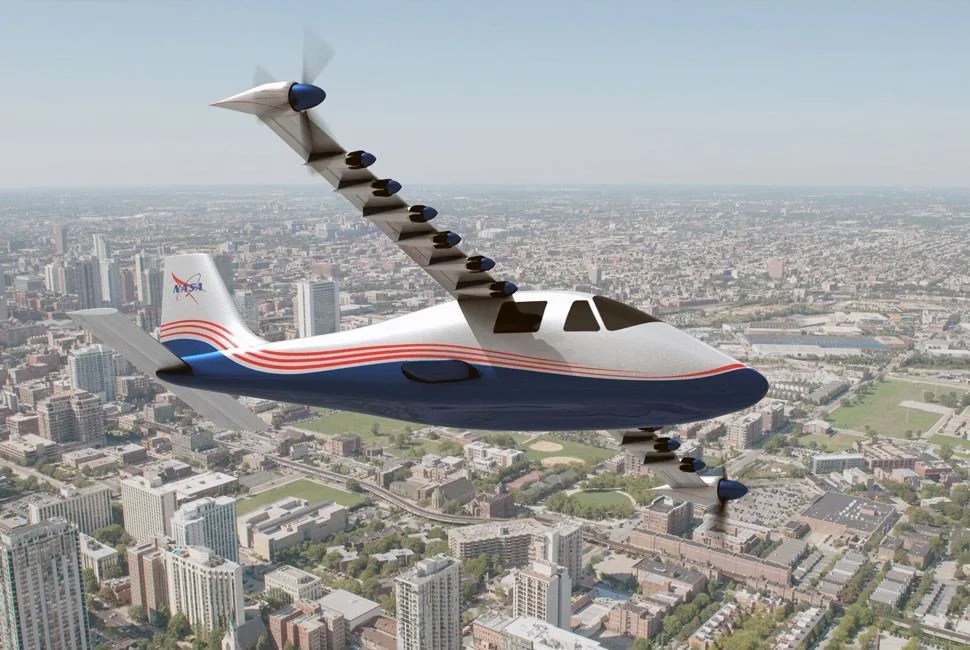NASA is diving into electric-powered aviation. Last week, the space agency announced they will be testing their new X-57, a 14-propeller X-plane powered exclusively by electric motors. The X-57 will be the agency’s first X-plane in 10 years, and promises to build upon the X-plane’s esteemed history. For trivia geeks, NASA’s first X-plane, the X-1, built in 1947, was the first airplane to break the speed of sound.
But unlike any X-plane before it, the X-57 will be not only more friendly to the atmosphere, but also quiet. The propellers should sound less like thunder and more like a swarm of bees. The 14 electric propellers will replace the old X-planes’ two gas-fueled piston engines, and the wings will be much skinnier than we’re used to seeing in flight. The bright minds behind the X-57 say this design, when cruising at 175 mph, will use five times less energy than today’s private jets. Also, since the X-57 will be completely electric, there will be no carbon emissions.

NASA believes that this type of electric aviation comes with a few other benefits for the private traveler, including decreased flight times, lower fuel consumption and lower operational costs (they claim a small aircraft will be cheaper than private jets by as much as 40 percent). The first X-57 plane, named Maxwell, isn’t expected to take a test flight until 2017, and, by the looks of it, won’t be able to carry more than a few passengers. Though small, this plane marks the next small step towards aviation’s leap into a non-fuel burning future.
More green aviation: Right now the Solar Impulse 2, a plane with a wingspan wider than a Boeing 747, and runs completely on solar energy, is flying across the Atlantic Ocean. Though it can only fly as fast as a high-quality go-cart (it’s top speed is around 50 mph). Read more here.
The X-Planes that Changed Military Aviation Forever

